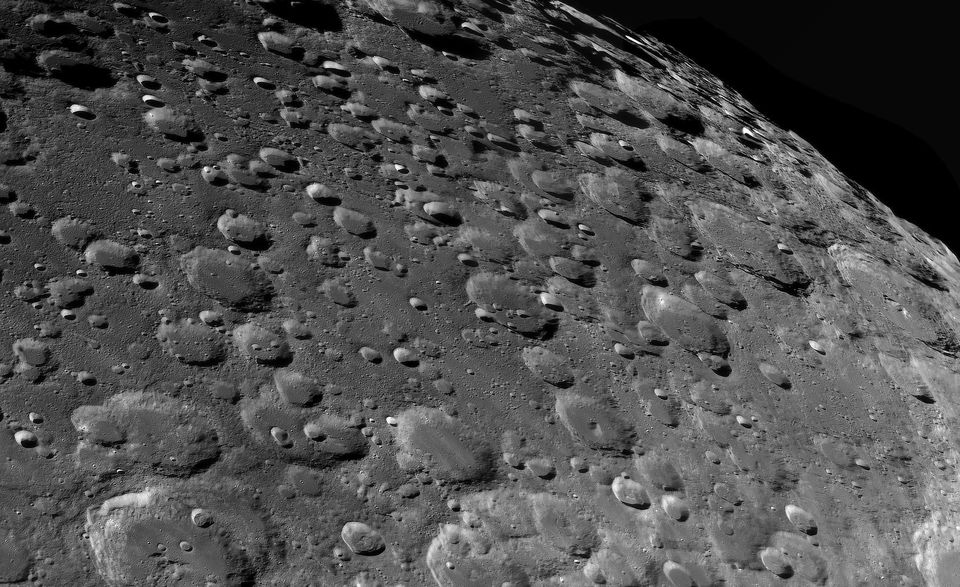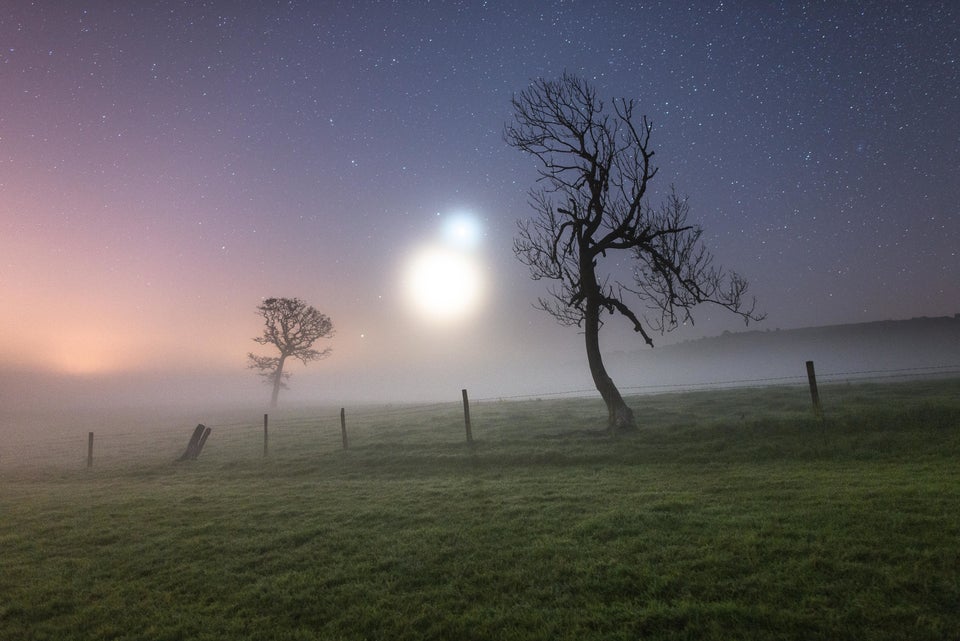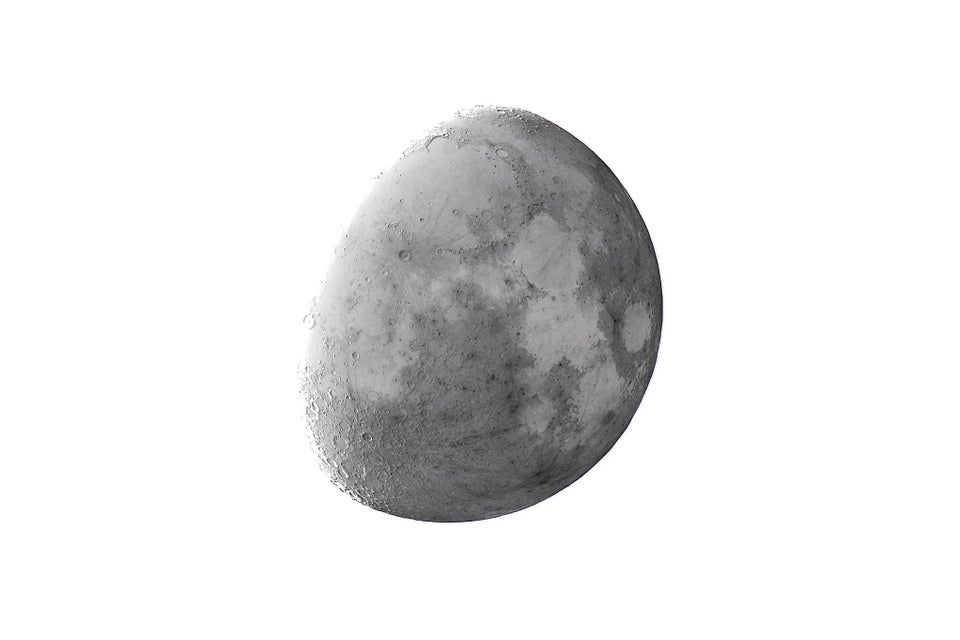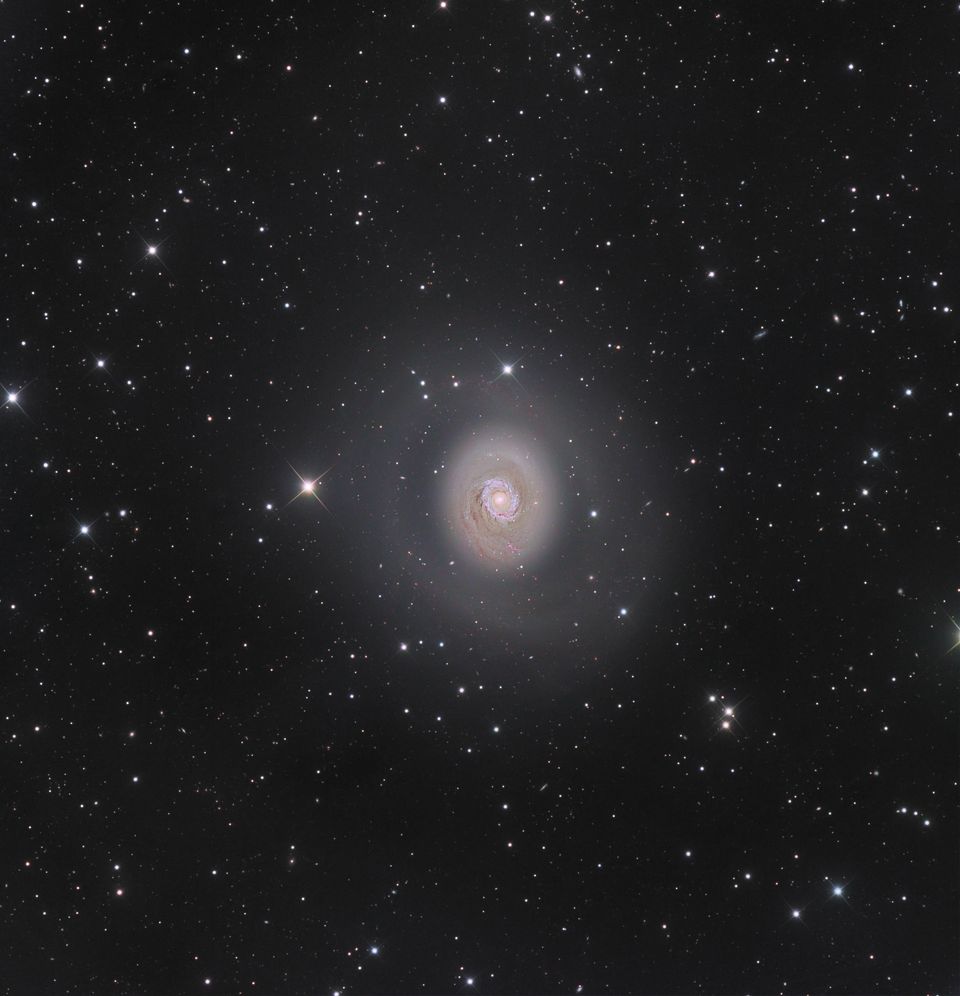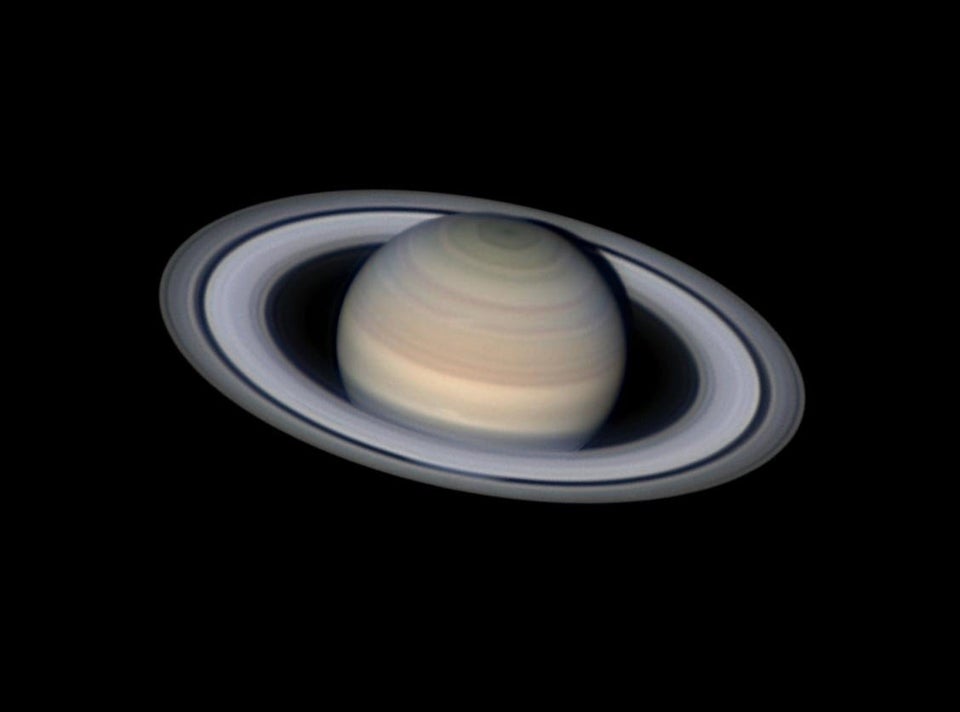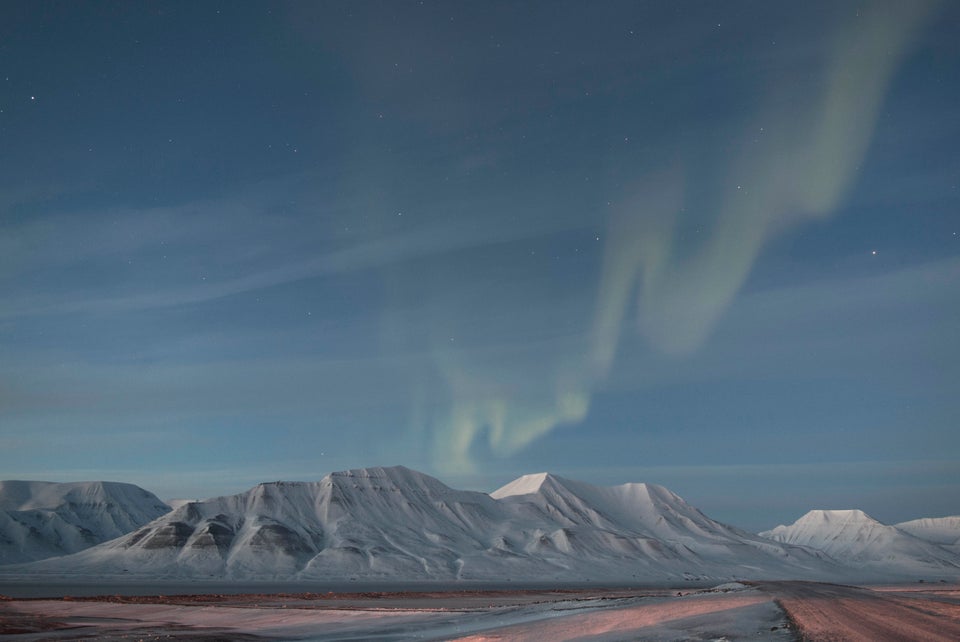A dramatic photo of the total solar eclipse on March 9, 2016, has earned top honors in the Insight Astronomy Photographer of the Year competition this year.
Scroll down to see a gallery of winning photos.
The composite image spotlights a phenomenon known as Baily’s beads, in which “beads” of sunlight peek around the dark disc of the moon during a total solar eclipse. The picture beat out submissions from thousands of amateur and professional photographers from more than 80 countries ― and earned Chinese photographer Yu Jun a 10,000-pound ($13,000) prize.
“This is such a visually striking image, with its succession of fiery arcs all perfectly balanced around the pitch black circle of totality,” Dr. Marek Kukula, the public astronomer at the Greenwich Royal Observatory in England and one of the judges of the competition, said in a news release. “It’s even more impressive when you realize what it shows: the progress of a solar eclipse, all compressed into a single frame with consummate skill and precision.”
Now in its eighth year, the photo competition is run by the observatory in association with the London-based asset management firm Insight Investment and BBC’s Sky at Night magazine.
Other top images in the contest include a colorful composite of the star Sirius and a picture of the moon that shows its rugged terrain in detail not seen in many conventional photos of our natural satellite.
The photos will be on display at the observatory’s Astronomy Centre from Sept. 17, 2016, through June 28, 2017 ― but you can just scroll down here to see some of the best.
